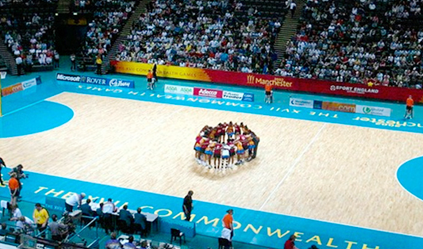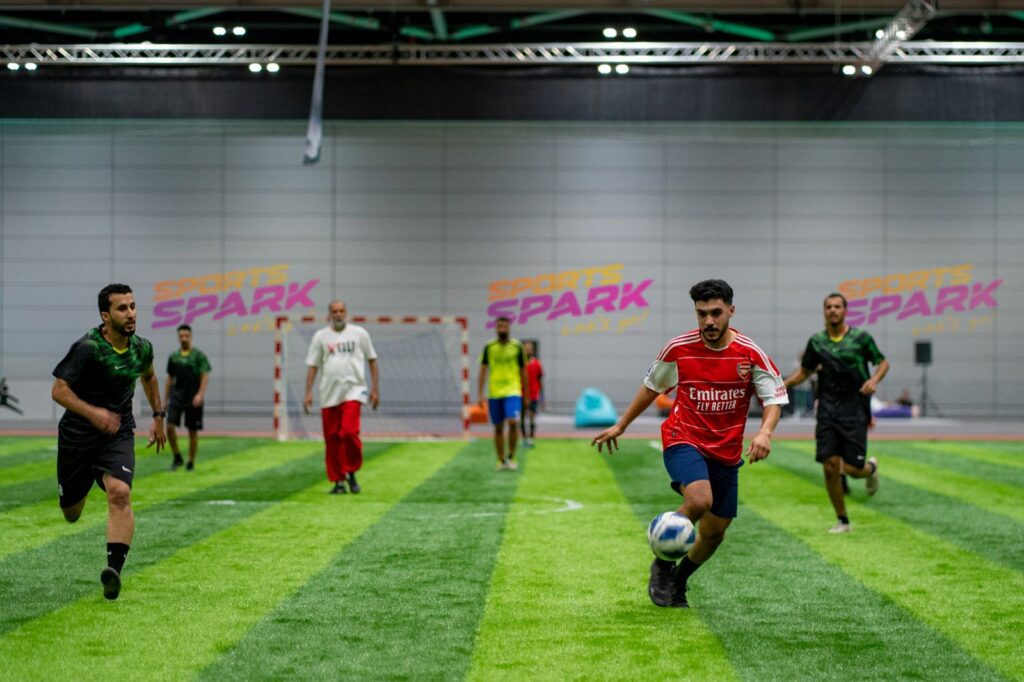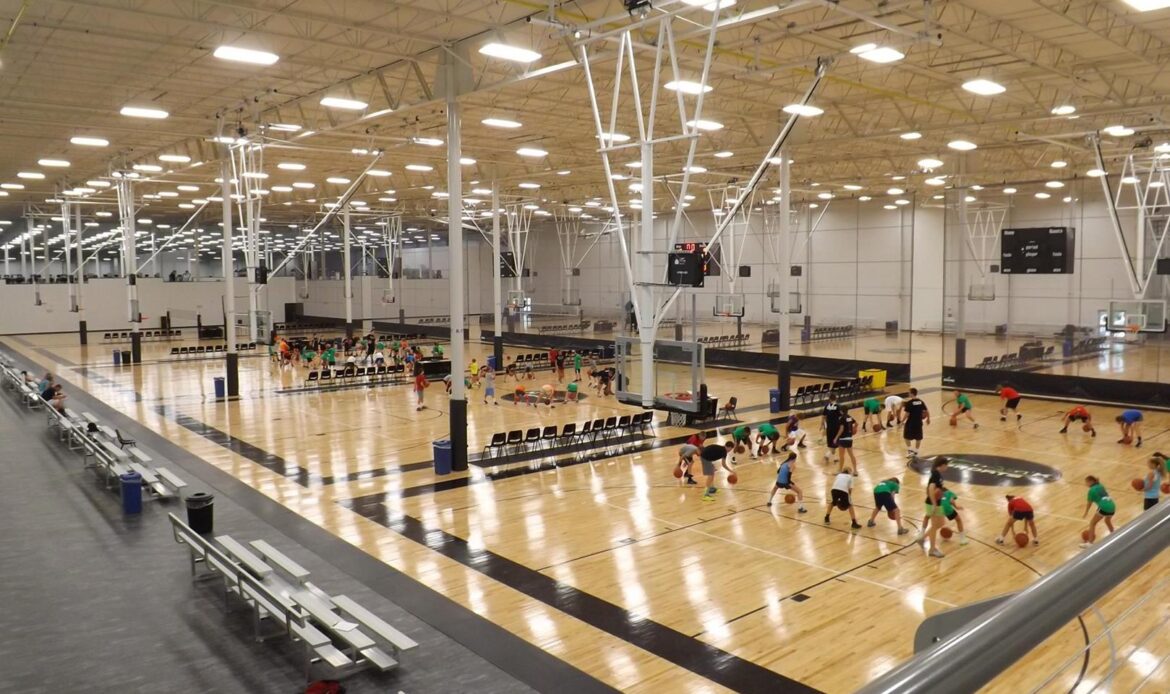In recent years, Oman has witnessed a growing shift toward sports and wellness as integral parts of everyday life. From community football matches to national tournaments, the enthusiasm for sports has been steadily rising. Yet, Oman’s climate poses a unique challenge. Scorching summers, high humidity, and occasional sandstorms make outdoor training difficult for both professional athletes and recreational players. This is where indoor sports arenas have emerged as a game-changer, offering safe, comfortable, and modern facilities that allow year-round training without interruptions.
Indoor sports arenas are no longer just buildings with roofs and air conditioning. They represent a vision of inclusivity, opportunity, and growth for athletes of all ages. Whether it is a young child learning basketball fundamentals, a teenager practicing martial arts, or a national-level athlete preparing for international competitions, indoor arenas have transformed the way Oman approaches training and sports development.
Overcoming Climatic Challenges
Oman’s geographic location means that much of the year is dominated by high temperatures. Outdoor sports such as football, tennis, and athletics are often restricted to cooler evening hours, but even then, the heat can be challenging. For athletes who need consistent training schedules, this irregularity creates major setbacks.
Indoor sports arenas remove this limitation entirely. Equipped with advanced cooling systems, proper ventilation, and world-class flooring, they allow athletes to train at their best without worrying about the weather. Indoor football pitches, basketball courts, badminton halls, and swimming pools have become vital for maintaining performance levels and preventing health risks like dehydration and heatstroke.
This controlled environment also ensures consistency, which is essential for professional athletes. Missing training due to extreme weather can disrupt progress, but with indoor arenas, every day becomes an opportunity to improve.
Nurturing Future Generations of Athletes
One of the most significant impacts of indoor sports arenas in Oman is their role in shaping young talent. For children and teenagers, consistent training is not just about physical fitness; it also instills discipline, teamwork, and resilience. Parents too find indoor arenas reassuring, as they provide a safe and structured environment away from the unpredictability of outdoor conditions.
Coaches now have the freedom to design year-round training schedules, ensuring that young athletes are always learning, improving, and competing at the right pace. This exposure to modern facilities also prepares aspiring athletes for international competitions, where they will be expected to perform under high standards.
Indoor arenas are also inclusive spaces. They encourage girls and women to participate more actively in sports, as the environment is private, secure, and comfortable. This has contributed to a growing movement of female athletes in Oman who are taking up basketball, badminton, volleyball, and martial arts with newfound confidence.

Boosting Oman’s Sporting Infrastructure
The development of indoor arenas is not only about convenience it is a reflection of Oman’s broader vision for sports infrastructure. Across the country, government initiatives and private investments are working together to provide world-class facilities that meet global standards.
These arenas often double as multi-purpose venues, hosting training camps, tournaments, fitness programs, and even community events. By doing so, they create a hub of activity that benefits not only athletes but also the wider community. Families, fitness enthusiasts, and casual players all find value in these spaces, making them essential parts of modern Omani cities.
Moreover, such infrastructure contributes to Oman’s image as a sports-friendly nation. Hosting regional or international competitions becomes more feasible when the country can showcase state-of-the-art arenas capable of accommodating large audiences and elite athletes. This has the potential to boost sports tourism, further diversifying the nation’s economy.
The Role of Technology in Indoor Arenas
What sets modern indoor sports arenas apart from traditional facilities is their integration of technology. Oman’s arenas increasingly feature smart lighting systems, advanced sound equipment, and digital scoring displays, which elevate the overall sporting experience.
Athletes also benefit from high-tech training aids, including video analysis tools, wearable fitness trackers, and performance-monitoring systems. These technologies allow coaches and players to track progress in real time, identify areas of improvement, and adopt more scientific training methods.
For example, a young footballer practicing indoors can have their speed, stamina, and technique monitored with precision, helping them make rapid improvements. Similarly, a swimmer can rely on advanced pool monitoring systems to perfect their strokes and reduce injuries.
Building Community and Healthy Lifestyles
Indoor sports arenas are not reserved only for professionals. They serve as community hubs where people of all ages and skill levels can engage in physical activity. In a time when sedentary lifestyles and screen dependency are becoming common, these arenas provide a refreshing alternative.
Families often use them for weekend recreation, fitness enthusiasts join indoor gyms and courts for structured workouts, and schools incorporate them into extracurricular activities. This accessibility creates a culture of health and wellness across Oman, encouraging people to make sports a natural part of daily life.
Additionally, indoor arenas bring people together. Whether it’s a group of friends playing indoor cricket, parents cheering for their children in a basketball game, or neighbors meeting at a local arena, these spaces foster social connections. Sports in Oman are no longer limited to national teams; they are becoming part of everyday community bonding.
Economic and Employment Opportunities
The growth of indoor arenas has also created ripple effects in the economy. Their construction and operation generate jobs in engineering, maintenance, event management, and hospitality. Professional coaches and trainers from around the world are being recruited to guide Omani athletes, raising the overall standard of training.
Sports academies and private clubs are finding new homes in these arenas, offering specialized programs in football, tennis, martial arts, swimming, and more. These programs not only develop skills but also contribute to a thriving sports economy. Parents invest in memberships, young athletes enroll in training programs, and local vendors benefit from the increased activity around sports complexes.
Moreover, Oman’s indoor arenas are becoming attractive to regional sports investors and sponsors who see potential in nurturing talent and expanding the market for sporting events. This diversification adds strength to the national economy, which has been working toward reducing its dependence on oil.

Inspiring National Pride
Sports have always had the power to inspire unity and national pride. In Oman, the development of indoor sports arenas is closely tied to the dream of building a stronger sports culture and producing athletes who can compete on the global stage.
When young Omanis step into these world-class facilities, they are not just training they are also envisioning themselves as future champions. The environment motivates them to aim higher, knowing they have the same quality of training grounds as athletes in advanced nations.
This ambition translates into national pride. Every tournament held indoors, every medal won, and every personal milestone achieved becomes part of a collective journey toward sporting excellence. Oman’s indoor arenas are not just structures; they are symbols of progress and hope.
Challenges and the Road Ahead
While the rise of indoor sports arenas in Oman is promising, it is not without challenges. Building and maintaining such facilities requires significant investment, and ensuring accessibility across the country remains a priority. Urban centers like Muscat may have better facilities, but rural areas also need opportunities to benefit from indoor sports culture.
Affordability is another concern. For indoor arenas to truly become inclusive, they must be accessible to families from different economic backgrounds. Subsidized programs, government support, and partnerships with schools can help bridge this gap.
There is also the need for continuous training of coaches and management staff to ensure that facilities operate efficiently and athletes get the best guidance. Sustainability should also be considered, with eco-friendly designs and energy-efficient technologies integrated into future arenas.
A Vision for the Future
Looking ahead, indoor sports arenas are expected to play an even greater role in Oman’s sporting journey. The future may see more specialized arenas for different sports, increased investment in sports academies, and partnerships with international institutions to exchange knowledge and expertise.
Indoor sports will not only enhance athletic performance but also contribute to healthier lifestyles, stronger communities, and a diversified economy. With strategic planning and commitment, Oman has the opportunity to become a regional hub for sports development and training.
The story of indoor arenas is not just about buildings it is about creating pathways for dreams. It is about ensuring that a young athlete in Muscat, Sohar, or Salalah has the same opportunities to train and excel as their counterparts around the world.
Conclusion
Indoor sports arenas have become a cornerstone of Oman’s sporting transformation. They provide shelter from the climate, nurture young talent, empower women, and build a stronger sense of community. Beyond physical training, they inspire dreams, create jobs, and elevate the nation’s reputation in the sporting world.
For Oman, these arenas represent more than just infrastructure they are a vision of a healthier, stronger, and more united future. As the nation continues to invest in these facilities, the next generation of athletes will not only have the means to train year-round but also the confidence to compete and shine on global stages.
Do follow Gulf Magazine on Instagram.
Also Read – Kite Surfing and Water Sports Popular in Coastal Oman



